Tips for Surviving a Long Road Trip with Kids
Choosing the Right Destination
Family adventures thrive when the destination aligns with everyone's needs. Younger kids might find bustling cities overwhelming, while teens could feel bored in remote cabins. Strike a balance between relaxation and exploration by researching kid-friendly spots. Look beyond tourist traps—local parks, playgrounds, and small museums often deliver the most authentic experiences. Seasonal festivals or cultural events can add unexpected magic to your itinerary.
Packing Essentials for Every Adventure
Smart packing beats light packing every time. Start with weather-appropriate clothing (don't forget layers!), then add sun protection, medications, and a robust first-aid kit. Comfortable walking shoes are non-negotiable. For entertainment, mix educational items like travel journals with familiar comfort objects. Pro tip: Let each child pack their own explorer kit with approved toys and activities—this builds anticipation while lightening your load.
Creating a Flexible Itinerary
Rigid schedules and kids mix like oil and water. Build in generous buffer time between activities—you'll need it for impromptu playground stops or toddler meltdowns. Designate one must-do activity per day, then leave room for spontaneous discoveries. Some of our family's best memories came from unplanned detours to quirky roadside attractions.
Managing Expectations and Setting Boundaries
Travel disrupts routines, so establish new anchors. Maintain regular meal and bedtime rhythms when possible. Before each activity, clearly explain behavior expectations (We use quiet voices in museums). Pack a calm down kit with favorite snacks and small toys for challenging moments. Remember: A well-timed ice cream break can reset everyone's mood better than any lecture.
Encouraging Participation and Making Memories
Turn kids into active trip planners rather than passive passengers. Let them choose between two approved activities each day. Provide disposable cameras or journals to document their perspective. At dinner, play rose, bud, thorn to share highlights and challenges. These simple practices transform sightseeing into meaningful family bonding.
Entertainment: Keeping the Little Ones Engaged on the Move
Keeping Them Entertained During Car Trips
Road trips test even the most patient parents. Combat boredom with a rotating entertainment system: books for the first hour, audiobooks the next, then quiet toys. Surprise travel presents (think dollar store finds) every few hours work wonders.
The Power of Portable Play
Magnetic board games, sticker books, and washable window markers turn car seats into creativity stations. We swear by busy bags—zippered pouches with themed activities (construction paper + glue sticks, or pipe cleaners for bending).
Music to Their Ears (and Yours!)
Create a collaborative playlist where each family member picks five songs. Alternate between kids' choices and parent selections to keep everyone happy. Bonus: Make up silly lyrics to familiar tunes.
Storytelling and Imagination
Turn license plates into story prompts (That car from Texas? They're definitely dinosaur hunters!). Play continue the story where each person adds a sentence. These games spark creativity while passing miles.
Snacks and Drinks – Essential Fuel
Pack a cooler with cubed cheese, sliced apples, and other mess-free nibbles. Avoid sugary treats—the resulting energy crashes aren't worth it. Use snack time as natural break markers (When you finish your grapes, we'll stop at the next rest area).
The Importance of Breaks
Schedule stops every 90-120 minutes at locations with green space. Even 15 minutes of running around prevents restlessness. We bookmark roadside attractions (giant fiberglass animals, quirky museums) as motivational waypoints.
Technology – A Double-Edged Sword
Designate tech-free zones (national parks, scenic routes) and tech-okay stretches (long highways). Load tablets with educational apps and new movie downloads as a last-resort option.
Mindfulness transforms travel from stressful to joyful. When tensions rise, guide kids through simple breathing exercises (Smell the flowers, blow out the candles).

Making Memories: Turning the Trip into a Family Adventure

Planning Your Adventure
The magic lies in collaborative planning. Have kids research destinations and present their top three picks. Build anticipation with library books about your location. Leave 25% of your itinerary open for local recommendations.
Capturing the Moments
Ditch posed photos in favor of authentic moments. Assign each child a photographer day using an old smartphone. Create a scavenger hunt for unique shots (Find something blue, Capture someone laughing). These often become treasured keepsakes.
Sharing the Experiences
Skip social media oversharing. Instead, mail handwritten postcards to grandparents each day. Start a shared Google Photos album where everyone can add captions. At home, create a travel shadow box with ticket stubs and found objects.
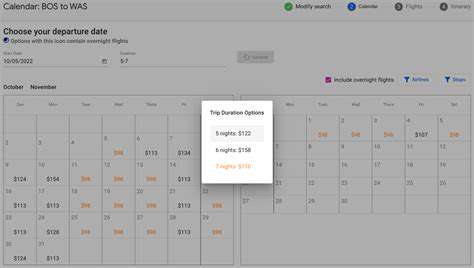

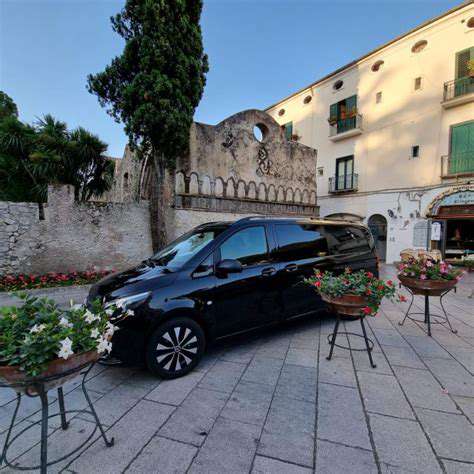
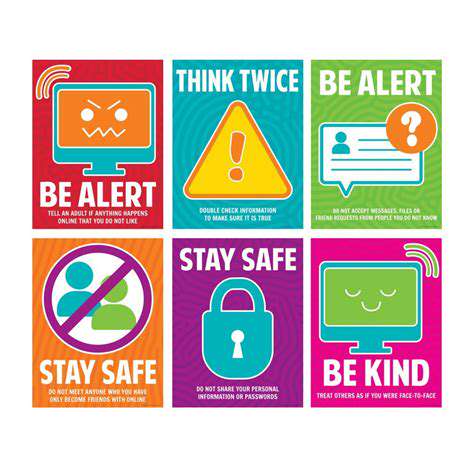
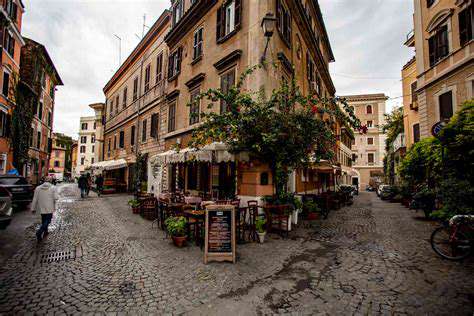


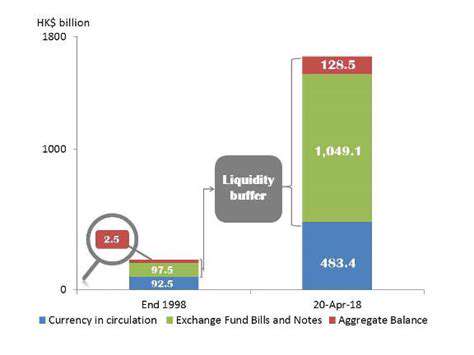

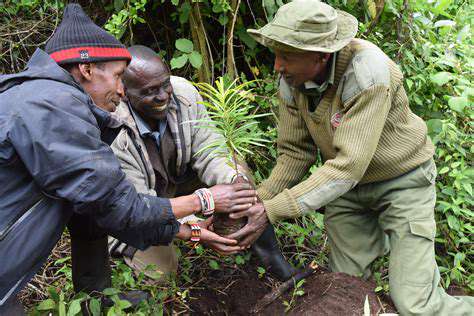
![How to Pack a Carry On Only [Minimalist Guide]](/static/images/27/2025-05/AccessoriesandDocuments3AKeepingitCompactandOrganized.jpg)
![Learning to Cook Thai Food in Thailand [Cooking Class Guide]](/static/images/27/2025-05/ChoosingtheRightCookingClassforYourNeeds.jpg)